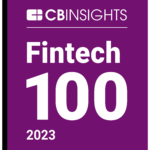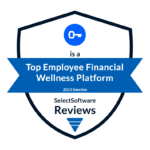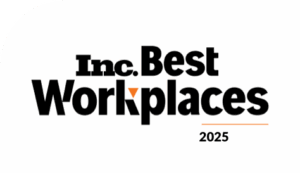If you or someone in your household recently graduated from college or university, the future shines bright—at least until September 30, 2021, when the freeze on federal student loan repayments and interest ends. That date doesn’t need to darken the horizon, though. Brightside can help put you in command of your loans before your next payment is due.
And since Brightside is available for every adult member of your household, your Brightside Financial Assistant (FA) can help design a student loan repayment plan for any college grads you live with.
Here’s your roadmap:
Make a plan
Once you can see a timeline for being able to pay off your loans, the goal becomes real and attainable, which also puts your mind at ease, because you know you can do it.
Tip: Your FA can help with this in the context of overall financial planning.
Bonus tip: You can shave 0.25 percent off your interest rate when you automate your payments through the U.S. Department of Education.
Take advantage of your summer break
While the loan freeze doesn’t end until September 30, there’s a benefit to making payments during this period: Any payment you make between now and then will go directly toward paying off your loan and not toward paying interest.
Tip: Work with your FA to figure out how much you might be able to afford in payments this summer. In addition to lower debt overall, paying down whatever balance you can now will mean lower interest fees.
Explore Loan Repayment Assistance Programs
Check to see if you are eligible for an LRAP, in which a sum is contributed each month toward paying off your student loans.
Tip: Many schools, states, and large employers offer LRAP’s. Your FA can help you figure out if you’re eligible and how to navigate the options.
Find out if you qualify for an income-driven repayment plan
There are four types of IDR plans that are intended to be affordable based on income and family size. They are:
– Revised Pay As You Earn Repayment Plan (REPAYE Plan)
– Pay As You Earn Repayment Plan (PAYE Plan)
– Income-Based Repayment Plan (IBR Plan)
– Income-Contingent Repayment Plan (ICR Plan)
For each, a percentage of your discretionary income is deducted each month over a period of time corresponding with your plan. You must apply for an IDR plan through the studentaid.gov website.
Tip: Read all about IDR plans here and talk with your FA about whether or not they’re worth exploring for your particular financial situation.
Just ask for help
Paying off student loans can feel a little hopeless sometimes, especially in times of uncertainty. Just knowing that you have choices can lighten your burden.
Tip: Contact your Brightside Financial Assistant to explain your circumstances and explore your options.
Wait, aren’t loans going away?
While Joe Biden raised hopes about forgiving federal student debt while on the campaign trail, he left student debt relief out of his recently released budget. With Congress unlikely to pass even modest student loan debt in the near future, this isn’t something anyone should be banking on right now.
Brightside Client Story
Marie came to Brightside with high student loan debt and needed help addressing her student loan balances. Marie and her husband had moved in with his parents after getting married so they could save up for a down payment on a house. Their biggest goal was to finish paying off Marie’s student loan debt of $74,000. Paying off that debt would bring them peace of mind and the feeling of financial stability. Marie reached out to her Brightside Financial Assistant (FA) for help.
How Brightside Helped
- Marie and her FA created a paydown plan for her federal student loans, allowing her to pay off $12,000 in three months.
- Marie’s FA helped her refinance her private student loans down to a 5% interest rate, saving her $2,100 in interest.
- Marie’s FA helped her understand how ESPP options worked, helping Marie determine that contributing 2% of her pay toward the stock program was appropriate for her financial goals, raising her retirement savings annually.
$1.71 Trillion
That’s the collective student debt in America, held by about 44.7 million borrowers. That’s roughly $739 billion more than the total U.S. credit card debt.
https://studentloanhero.com/student-loan-debt-statistics/
Just call 855-940-1507 to get started.





